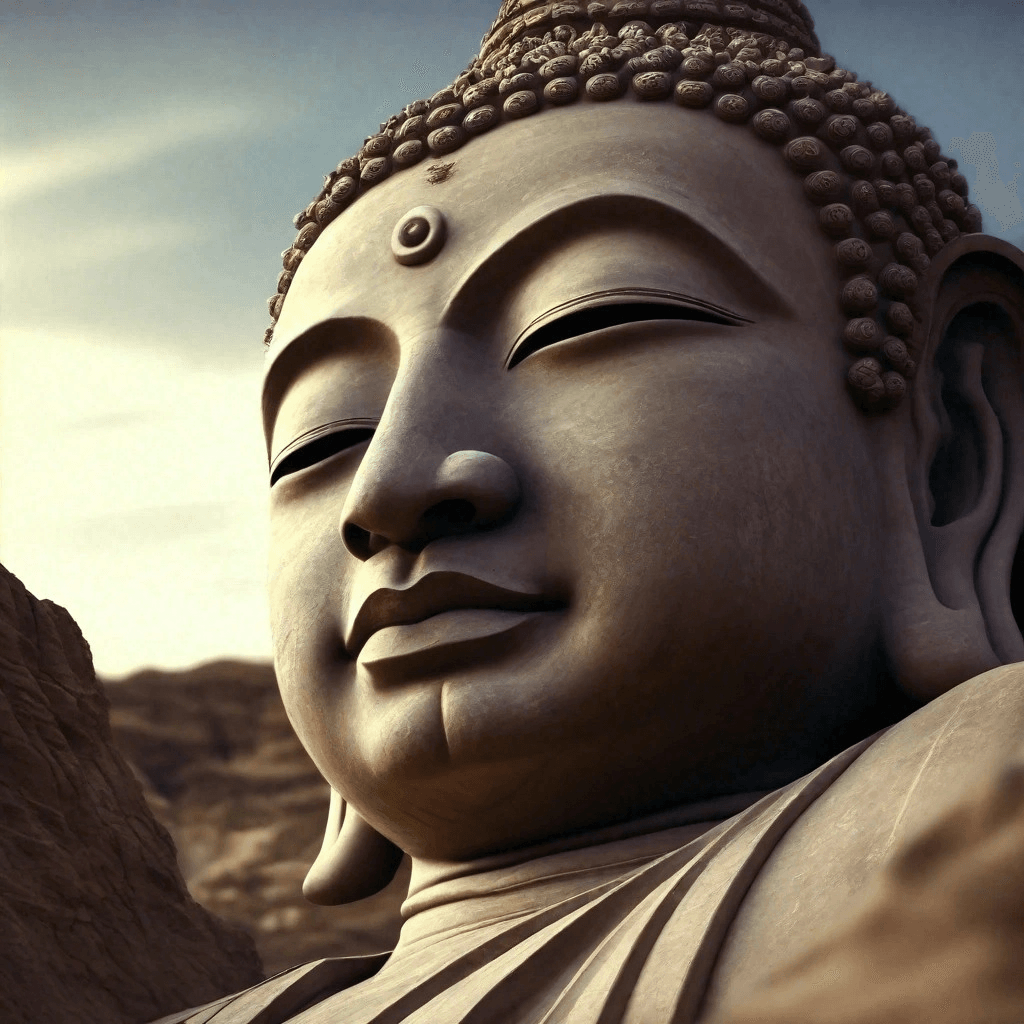
31. Techniques for Deep Relaxation
Techniques for Deep Relaxation
Deep relaxation techniques are designed to help individuals achieve a profound state of calm and tranquility, reducing stress and promoting overall well-being. These methods can be used to alleviate physical tension, calm the mind, and foster a sense of inner peace. Below are several effective techniques for deep relaxation, each with detailed instructions and benefits.
1. Progressive Muscle Relaxation (PMR)
Benefits:
– Reduces physical tension
– Enhances body awareness
– Alleviates stress and anxiety
Instructions:
1. Find a quiet, comfortable place to sit or lie down.
2. Close your eyes and take a few deep breaths.
3. Starting with your feet, tense the muscles as tightly as you can for about 5 seconds, then release completely.
4. Move to your calves, thighs, abdomen, chest, hands, arms, shoulders, neck, and face, repeating the tensing and relaxing process for each muscle group.
5. Focus on the sensation of relaxation as you release the tension.
6. Spend 10-15 minutes going through each muscle group, paying attention to how your body feels.
2. Deep Breathing (Diaphragmatic Breathing)
Benefits:
– Promotes relaxation and reduces stress
– Improves oxygenation of the body
– Calms the nervous system
Instructions:
1. Sit or lie down in a comfortable position.
2. Place one hand on your chest and the other on your abdomen.
3. Inhale deeply through your nose for a count of four, allowing your abdomen to rise while keeping your chest relatively still.
4. Hold your breath for a count of two.
5. Exhale slowly through your mouth for a count of six, feeling your abdomen fall.
6. Continue this pattern for 5-10 minutes, focusing on the sensation of your breath and the rise and fall of your abdomen.
3. Guided Imagery
Benefits:
– Reduces stress and anxiety
– Enhances relaxation and mental clarity
– Encourages positive thinking
Instructions:
1. Find a quiet space where you won’t be disturbed.
2. Close your eyes and take a few deep breaths to settle in.
3. Listen to a guided imagery recording or script, which typically involves visualizing a peaceful scene, such as a beach, forest, or meadow.
4. Engage all your senses in the visualization—imagine the sights, sounds, smells, and sensations of the scene.
5. Allow yourself to fully immerse in the experience for 10-15 minutes, letting go of any tension or stress.
4. Body Scan Meditation
Benefits:
– Increases body awareness
– Reduces physical and mental tension
– Enhances relaxation and mindfulness
Instructions:
1. Lie down comfortably or sit with your back supported.
2. Close your eyes and take a few deep breaths to relax.
3. Bring your attention to your feet, noticing any sensations or tension.
4. Gradually move your attention up through your body—feet, legs, hips, abdomen, chest, arms, neck, and head.
5. Spend a few moments focusing on each area, consciously relaxing any tension you notice.
6. Continue the scan for 10-20 minutes, observing sensations without judgment.
5. Yoga Nidra
Benefits:
– Induces deep relaxation and restorative rest
– Reduces stress and anxiety
– Enhances overall well-being
Instructions:
1. Lie down in a comfortable position, ideally on your back with arms by your sides.
2. Close your eyes and take a few deep breaths to settle in.
3. Listen to a Yoga Nidra recording or follow a guided practice, which typically includes body awareness, breath focus, and visualization techniques.
4. Follow the guide’s instructions to systematically relax each part of your body, enter a state of deep relaxation, and explore guided visualizations.
5. Practice for 20-40 minutes, allowing yourself to enter a state of deep relaxation and rest.
6. Mindfulness Meditation
Benefits:
– Reduces stress and promotes relaxation
– Enhances present-moment awareness
– Improves emotional regulation
Instructions:
1. Sit comfortably with your back straight and hands resting on your lap or knees.
2. Close your eyes and take a few deep breaths to center yourself.
3. Focus your attention on your breath, observing the sensation of the air entering and leaving your nostrils.
4. If your mind wanders, gently bring your focus back to your breath without judgment.
5. Continue this practice for 10-20 minutes, cultivating a state of mindfulness and relaxation.
7. Autogenic Training
Benefits:
– Promotes relaxation and reduces stress
– Enhances body awareness
– Improves overall well-being
Instructions:
1. Find a quiet place to sit or lie down comfortably.
2. Close your eyes and take a few deep breaths to relax.
3. Focus on repeating a series of self-statements, such as “My arms are heavy and warm” or “My heartbeat is calm and steady.”
4. Visualize the sensations associated with each statement—feeling warmth, heaviness, or calmness in the corresponding body parts.
5. Continue for 10-15 minutes, gradually deepening the sense of relaxation.
8. Visualization Techniques
Benefits:
– Enhances relaxation and stress reduction
– Fosters a positive mental state
– Supports mental clarity and focus
Instructions:
1. Sit or lie down in a comfortable position.
2. Close your eyes and take a few deep breaths to settle your mind.
3. Visualize a peaceful and serene place, such as a quiet beach or a tranquil forest.
4. Engage your senses in the visualization—imagine the sights, sounds, smells, and sensations of this place.
5. Allow yourself to fully immerse in this mental image for 10-15 minutes, letting go of any stress or tension.
Conclusion
Deep relaxation techniques offer effective ways to reduce stress, calm the mind, and enhance overall well-being. By incorporating practices such as progressive muscle relaxation, deep breathing, guided imagery, body scan meditation, Yoga Nidra, mindfulness, autogenic training, and visualization into your routine, you can experience profound relaxation and improved mental and physical health. Regular practice of these techniques can help you maintain a balanced and peaceful state, supporting both personal and professional growth.



